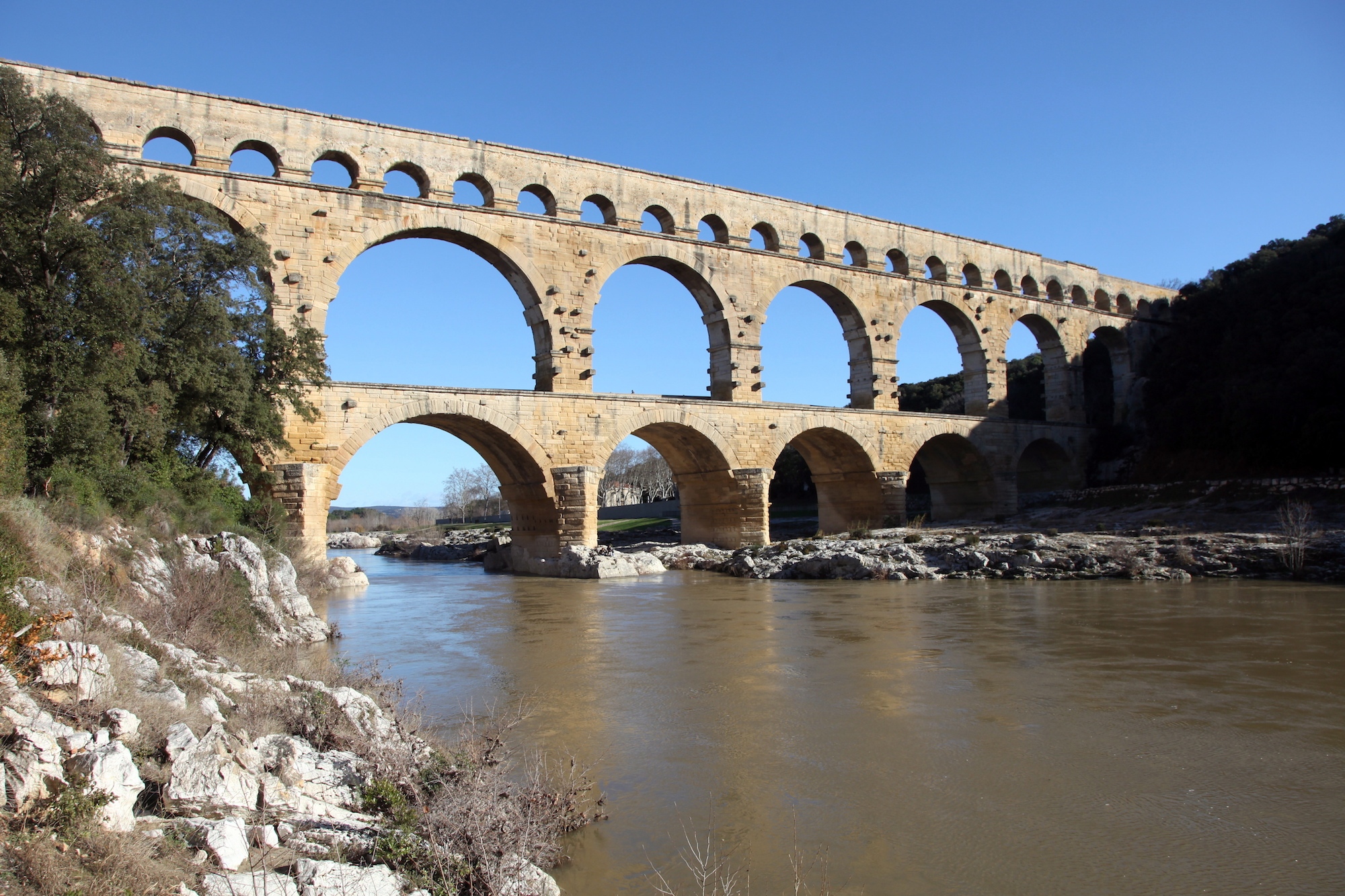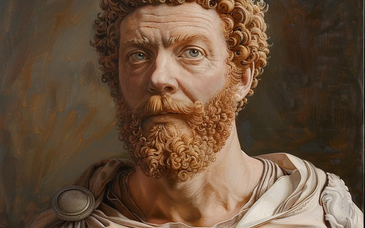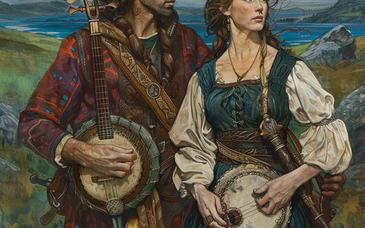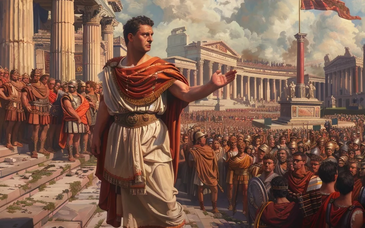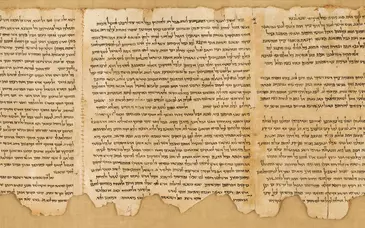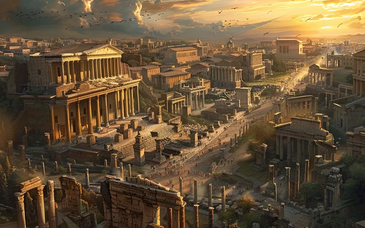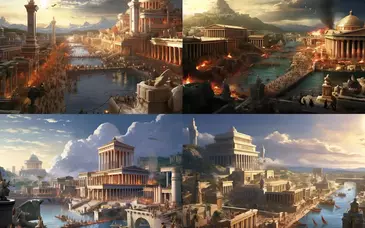Researchers have uncovered an extraordinary discovery in Slovakia: the first-ever Roman aqueduct found in the country. The aqueduct, dating back to the second century, was likely used to transport water to an ancient bathhouse. It was found during an excavation at Rusovce Mansion, located near the Slovakian capital, Bratislava.
The mansion is undergoing a decade-long renovation that includes archaeological digs conducted by students and faculty from the University of Trnava. Their previous excavations, starting in 2018, revealed the foundations of a 13th-century castle, later replaced by the neo-Gothic mansion in the 1800s, as well as evidence of Iron Age and Roman settlements.
The discovery of the Roman aqueduct, however, was an unexpected surprise. Buried over two and a half feet underground, the stone channel, made from tegulae (clay bricks used in Roman architecture), measures around a foot across and stretches for approximately 125 feet. It is part of a larger network of aqueducts used by the Romans to transport fresh water using gravity, though many of these were underground, unlike the famous elevated structures such as the Pont du Gard. Although much of Slovakia was never under Roman rule, the southwestern region, including Bratislava, was part of the Roman province of Pannonia.
The aqueduct's preservation is remarkable. Similar discoveries have been made in Roman military camps in Austria, but this is the first such find in Slovakia. Research leader Erik Hrnciarik from the University of Trnava explained that the aqueduct was constructed using an estimated 51 tons of stone and over 80 tegulae. One of the tiles features a manufacturer’s stamp, "C VAL CONST KAR," which likely indicates the brickmaker, Gaius Valerius Constans, from modern-day Austria. Another tile bears a paw print, likely from a dog that walked over the wet clay while it dried in the sun.
The aqueduct slopes toward the mansion, leading researchers to hypothesize that the Romans may have built a bathhouse at the site, which would have required a water supply. However, there is no physical evidence to support this theory, as the structure was likely demolished centuries ago during the construction of the castle.
In addition to the aqueduct, the excavation unearthed Roman luxury ceramics, Early Iron Age and Medieval artifacts, including window glass, a silver bracelet, and an antique wallet. A medieval brick kiln, possibly used to process marble statues from a nearby abandoned Roman camp, was also uncovered.
A modern discovery at the site was a large, circular structure, believed to have been an icehouse used by the 19th-century owners of the mansion to preserve food and chill drinks during summer months.
This find adds another fascinating chapter to the rich history of Slovakia’s ancient past, bridging the gap between the Roman Empire and the country’s more recent historical periods.
